Business, research, education—whatever you do, having up-to-date tech is no longer an option in today’s world. CERN is no different. Cassi Camilleri talks to Prof. Ing. Edward Gatt, Dr Ing. Owen Casha and their team about their indispensable work in upgrading the tech in Europe’s Nuclear Research Centre.
The European Organisation for Nuclear Research (CERN) is a place synonymous with innovation. Every day since its inception, it has tested the boundaries of what is thought to be humanly possible. One of the biggest tests is ALICE, a massive experiment that attempts to answer the basic but infinitely complex question: What is everything in the world made of? How did we come to be?
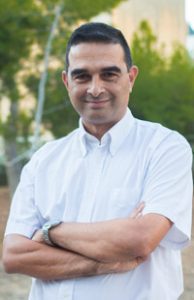
The process, on the other hand, is far less elegant. In fact, it is beastly, involving the acceleration of lead ions to tremendous speeds and smashing them together in a machine that has now become a household name—the famous Large Hadron Collider (LHC). Massive detectors then pick up whatever particles are produced. This is how the Higgs Boson was discovered and how many more yet-unknown particles will hopefully be identified in future.
There are fifteen detectors in ALICE, all playing a key role in the identification of particles produced by the collisions in the LHC. One of those detectors is the High Momentum Particle Identification system (HMPID) which takes ‘snapshots’ of the faint patterns generated by the high-energy collisions for analysis, a process that generates a terabyte of data per second. Cue the team from the University of Malta.
It’s like having a movie camera which we are upgrading from 30 to 60 frames per second.
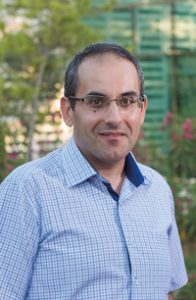
Prof. Ing. Edward Gatt and Dr Ing. Owen Casha, together with their team of talented Masters and Ph.D. students from the Faculty of ICT, are working hell bent to keep the technology that makes the ALICE experiment possible updated and efficient. In a world where advances are considered out-of-date in the span of months, this is no mean feat.
‘What we’re doing is improving the electronic systems in the HMPID detector to work more efficiently and process data at a higher speed,’ Prof. Ing. Edward Gatt clarifies, ‘enabling it to gather even more information.’ Picking up the camera metaphor once more, Ph.D. student Jordan Lee Gauci explains simply, ‘It’s like having a movie camera which we are upgrading from 30 to 60 frames per second. We are working on the raw interface to gather and transmit more data; to get a clearer picture.’
Breaking things down
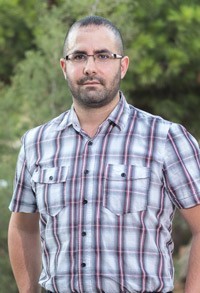
Working on the transmission side of things in the ALICE experiment means that to improve one part of the system, work on the various other parts has to be done in tandem. The team reflects this in that each group works on their own projects, but all are moving towards one common goal. ‘To improve one part, you need to improve the other,’ confirms Josef Magri. ‘You get the data, gather it as quickly as possible, you convert and transmit to computers and servers, and then your job is done. It’s a closed loop which needs to be coordinated.’
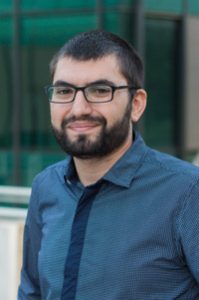
This is, as one might imagine, easier said than done. The HMPID detector is located in the bowels of ALICE, meaning that one cannot access it easily to replace hardware. ‘If you want to have access in HMPID, you have to remove all the other detectors. It’s practically impossible. Logistically, they can only take it out in the shutdown,’ says Casha. Magri confirms, noting how during his time at CERN he saw machines that are still made up of discrete components. ‘This is an environment where they can’t afford to stop processes, to stop working. It might be old tech but if they work, they work,’ he states.
This was the challenge Stefano Calleja had to face. As part of his Masters thesis, Calleja focused on the readout firmware development. To do this, he tested the available hardware to see if it would manage to process information as fast as it needed to when one trigger was removed. Realising that it could, Calleja removed one of the three triggers within the detector, improving its throughput and making it more efficient.
As part of his Masters, Josef Magri is currently optimising the electronic circuits and control boards within the HMPID detector to improve how data are handled. He aims to effectively manipulate computer processes to create parallelism, meaning that processes which previously happened in sequence can now occur simultaneously. This, together with high-throughput interconnects, is expected to increase data collection tenfold. Magri’s work will be integrated within the system by 2020 in order to improve the detector’s accuracy, potentially revealing building blocks of matter yet unseen.
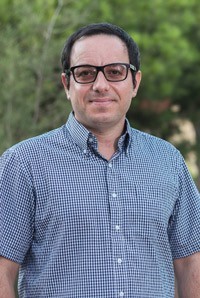
Using Magri’s work as a springboard, Ph.D. student Clive Seguna will upgrade the electronic circuitry for the HMPID detector which will boost the speed at which collisions are read from 4 kHz to 50 kHz. This means that the detector will be able to follow the interactions in true real time, effectively creating a moving recording of the collision, rather than a set of photographs. Seguna’s research will also be taken on at CERN around 2020.
Ph.D. student Jordan Lee Gauci combines all these efforts, working on the design and the implementation of a trigger module—an electronic card —which will be the interface between the trigger system in ALICE and the detector. Casha interjects to explain, ‘The system is very large. Cables run for miles. If you assume the signals from the particles will arrive at the exact time on that detector, you would be very wrong. You need to account for the time it will take for the electrical signal itself to travel. What Jordan is doing is creating a delay in certain parts
that will synchronise the whole thing.’ Picking up the camera analogy once more, Gauci clarifies, ‘This is one large camera made up of many small ones. They need to be triggered at different times to go off at the same time, when everything is in place. This is my job.’
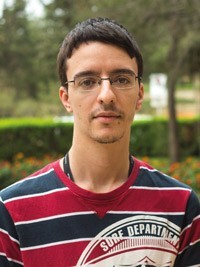
The work never stops
What is interesting about this project is its continuity. Magri notes how ‘all this work is part of the same upgrade but the work done now can be used for the next one. Even with the same upgrade, they continue to make it better until the very last moment when they need to move on to the next thing.’ This philosophy of striving continuously to better the situation, it seems, is how CERN always stays at the cutting edge. But there is more to it.
The scale of CERN can be daunting. Gauci reveals how the building he was working in was twenty minutes away from where experiment was actually happening. Gatt laughs at his own memories, ‘I was driven from one detector to the other in a car.’ However, despite this, everyone felt welcome as part of a worldwide team of professionals. ‘The sense of trust and collaboration that the place is fosters is impressive,’ says Casha. ‘It is definitely something we should learn from here in Malta. We need to drop the silo mentality and work together in a better way.’
What lies ahead for the team from UoM’s Faculty of ICT? Casha confides that the plan is for them to go to CERN early next year in February 2017 and start implementing some of the work they have developed remotely onto the actual machines. In the future, Gatt hopes to have biannual trips to CERN’s facilities. With more contact comes more contribution and more lessons to be learnt. That’s a triple win if ever there was one.
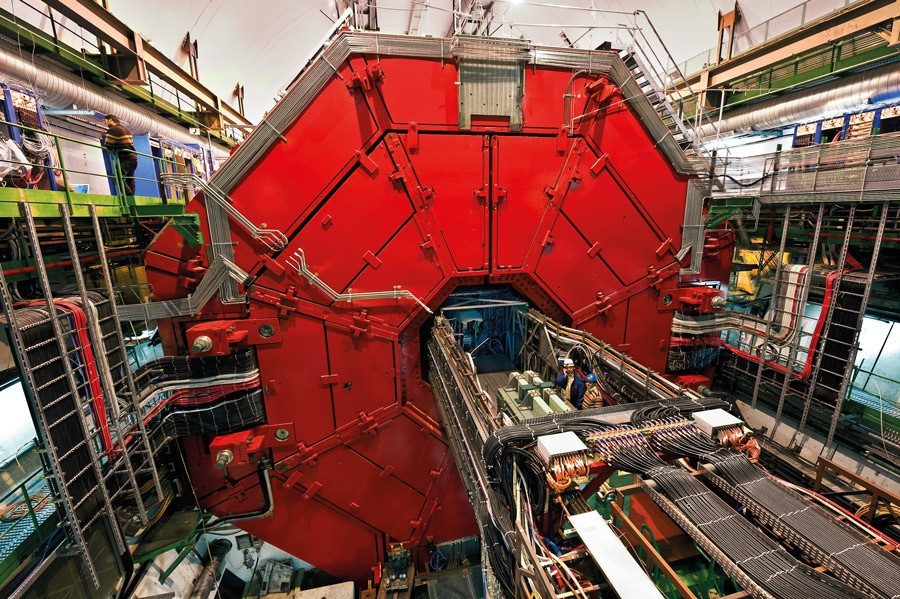

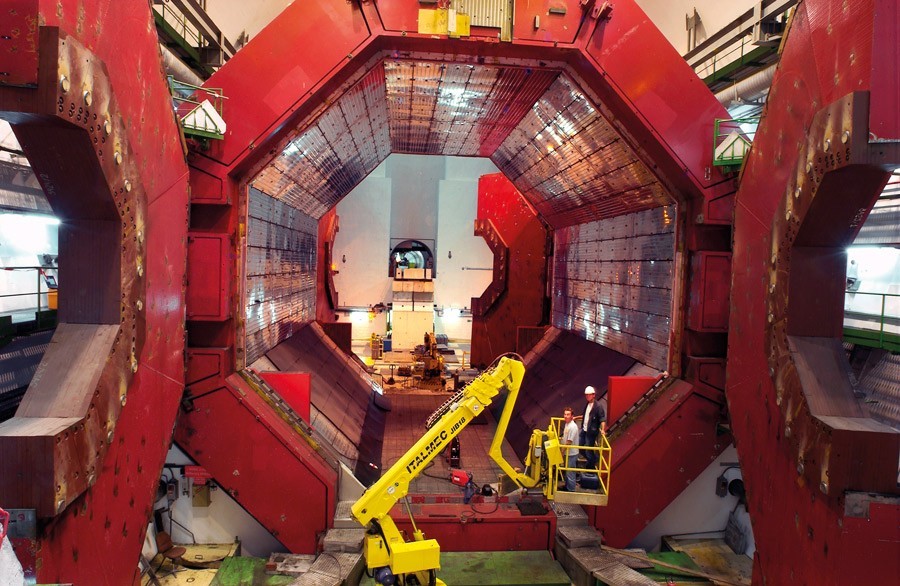



Comments are closed for this article!